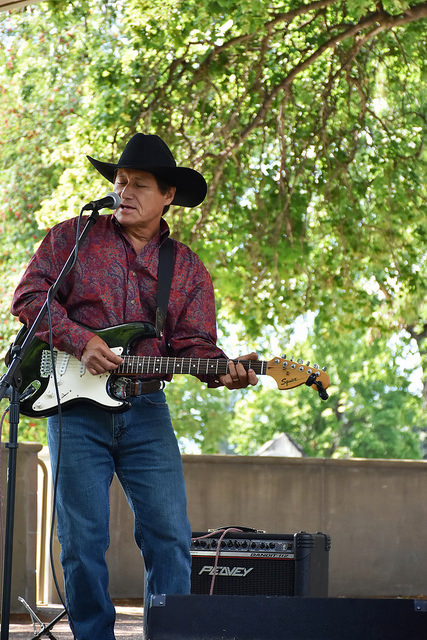EDITORIAL: Motor voter law a celebration of apathy
Published 12:00 pm Monday, May 8, 2023
Some Oregon lawmakers boast about the percentage of eligible Oregonians who are registered to vote, even though the tactic the state employs to bolster the numbers takes advantage of citizens’ apathy rather than their interest in elections.
Trending
More boasting, and apathy, could be coming.
The basic idea here is to plumb state records to identify nonvoters, then send each a postcard stating that they will be registered to vote unless they decide to continue to keep ballots from cluttering their mailboxes.
It started in 2016 with the “motor voter law.”
Trending
People who aren’t registered to vote and who go to the DMV to renew their driver’s license or take care of some other business — business that the state requires — will get one of those postcards.
If they don’t respond within 14 days and decline to be registered, they’re automatically added to the voter rolls.
And if they don’t choose a party affiliation, they’re registered as nonaffiliated.
Now some legislators want to use the same method to register voters, but using records from the Oregon Health Plan rather than DMV documents.
The Oregon House last week passed House Bill 2107. The legislation now goes to the Senate.
Proponents of this tactic, including House Majority Leader Julie Fahey, a Democrat from Eugene, note that the motor voter law has significantly boosted the number of registered voters.
For the 2022 general election, 93.6% of eligible Oregonians were registered, compared with 73% in 2014, prior to the motor voter law.
Fahey, in touting automatic voter enrollment, said: “I talked to Oregonians who never thought of themselves as voters, or who did not realize they were eligible, who simply hadn’t been able to prioritize it or vote through the normal process.”
It’s not clear what Fahey means by “the normal process.”
But since registering to vote is even easier than actually voting, it seems nonsensical to believe that people who previously found it too onerous to sign up would suddenly become dedicated voters once the state, in effect, held their hand through the process.
And the numbers seem to bear out that although there are hundreds of thousands of newly minted voters in Oregon, a paltry percentage has bothered to fill out and return their ballots.
Perhaps it was that prioritizing problem that Fahey mentioned.
The Oregon Elections Division doesn’t track voter turnout among people who were registered through the motor voter law.
But statistics do show that the vast majority of people enrolled under the law do not choose a political party — 88% of the 274,000 who were registered under the law in its first year, 2016, and 86% in 2017.
This is largely responsible for the major rise in the number of nonaffiliated voters in Oregon, a category growing much more rapidly than Democrat or Republican voters. In 2014, before motor voter, there were 525,000 nonaffiliated voters in Oregon. In 2016, just a year into motor voter, there were 681,000. In 2022 there were 1,036,603 — more than either registered Democrats (1,017,151) or Republicans (731,746).
But these newly franchised voters were apathetic about voting, just as they were about registering to vote.
In 2012, the last presidential election before motor voter, Oregon’s nonaffiliated voters had a turnout of 71.7%. In 2016, with the rolls inflated with new motor voters, the turnout among nonaffiliated voters dropped to 61.1%. Turnout rose slightly among that category in 2020, to 64.8%.
Turnout among Democrats and Republicans, meanwhile, has been both much higher, and comparatively steady.
In 2012 the turnout among Democrats was 86.3%, and among Republicans 87.9%. In 2016 — Democrats, 87.9%, Republicans 89.3%. And in 2020 — Democrats, 90.9%, Republicans, 91.3%.
The discrepancy was even greater in the midterm elections of 2018 and 2022. Turnout overall is always lower in those elections, but in both years turnout among both Republicans and Democrats was between 78.5% and 82.8%.
But nonaffiliated voters, more than a quarter million of whom were, in effect, cajoled by the government into registering, couldn’t muster even a majority turnout — 47.5% in 2018, 44.5% in 2022.
It can’t be disputed that more Oregonians are voting as a result of the motor voter law.
But fans of this tactic oversell it. Generally left unmentioned is that a significant number of these Oregonians, having been in effect handed a ballot by the government, treated it with about as much respect as most of us give to those fabulous credit card offers that arrive with the magazines and the water bill.









